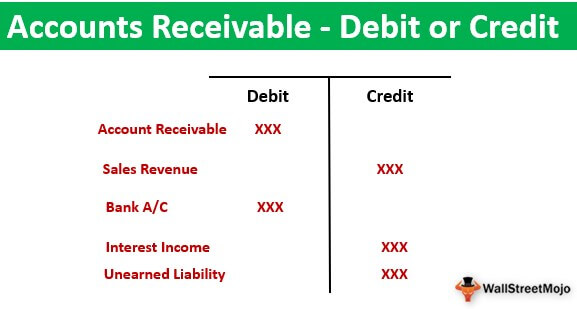
Recorded on the left side of an accounting journal entry. Increase liability, equity, revenue and gain accounts. Increase asset, expense and loss accounts. Credits are recorded on the right side of a journal entry. A credit increases the balance of a liability, equity, gain or revenue account and decreases the balance of an asset, loss or expense account. Debits are recorded on the left side of an accounting journal entry. A debit increases the balance of an asset, expense or loss account and decreases the balance of a liability, equity, revenue or gain account.

credits: Debits and credits are like the yin and yang of accounting, interconnected and responsible for keeping a business’s bookkeeping entries in balance and harmony. For this reason, we refer to them as “value.”ĭebits and credits underpin a bookkeeping system called double-entry accounting, in which every transaction equally affects two or more separate general-ledger accounts, such as assets and liabilities.ĭebits vs. Debits and credits are recorded as monetary units, but they’re not always cash and may include gains, losses and depreciation. On the flip side, a credit (CR) generally records an amount of value flowing out of an asset account, as opposed to receiving credit in the form of a loan or return, where money flows into an account. In accounting, a debit (DR) typically records an amount of value flowing into an asset or bank account - unlike, for example, a debit card, where money is taken out of an account. These differences are important to grasp from the start. In accounting, the definitions of debit and credit may seem counterintuitive to what they mean in everyday language. Only then can a company go on to create its accurate income statement, balance sheet and other financial documents. When that occurs, a company’s books are said to be in “balance”.

For every transaction, there must be at least one debit and credit that equal each other. They indicate an amount of value that is moving into and out of a company’s general-ledger accounts. East, Nordics and Other Regions (opens in new tab)ĭebits and credits are the foundation of double-entry accounting.


 0 kommentar(er)
0 kommentar(er)
